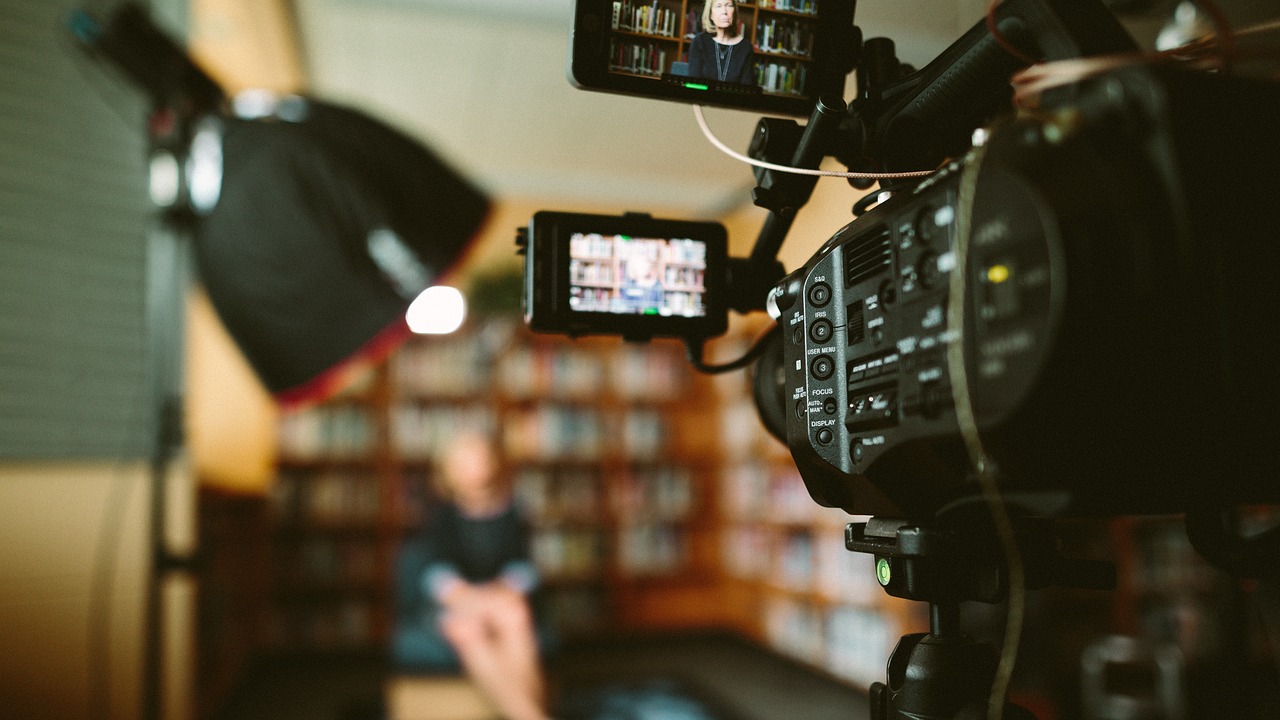Interesting Not Interesting Share Tweet I’ve heard it said that when people first started gathering around the fire, stories were there. From Moana, Disney’s animated, musical, fantasy-adventure, to in-depth documentaries, we’ve been captivated by the Polynesians’ exploration of the Pacific Ocean. The evolution of storytelling Over the last few decades, storytelling through marketing and advertising continued to push the limits of creativity and entertainment, but in many cases became less and less authentic. We definitely value the authenticity of user-generated content. These are stories that have the power to make a difference in the world. Great Big Story creates videos for “smart and curious” viewers who are interested in content that is human and real. Not all of the stories are about people making the world a better place, but they all are authentic stories about things that matter to the viewer. The world wants to consume real and authentic content, but the novelty of user-generated and authenticity isn’t enough. Organizations should focus on using video to share real and authentic stories about things that matter a lot to their audience, especially since video is inevitably a limited resource due to budget and time. How can I best communicate my message?
What do you think about this?
Interesting
Not Interesting
Share
Tweet

I’ve heard it said that when people first started gathering around the fire, stories were there. Telling stories is one of the oldest forms of communication.
In recent years, a fresh fascination with the Polynesians has emerged. From Moana, Disney’s animated, musical, fantasy-adventure, to in-depth documentaries, we’ve been captivated by the Polynesians’ exploration of the Pacific Ocean. And, rightfully so. Stories passed down from generation to generation enabled their people to explore the most vast part of our world without the modern navigation tools we all take for granted.
Today, stories are such an important part of our entertainment and businesses, including how we market and sell our services. Anyone who knows me at all knows I’m a huge fan of Walt Disney and the legacy that he created. He was an amazing storyteller, not only through films and theme parks, but also in the way that he sold, acquired funding, and communicated ideas to his team. When the Walt Disney Company took on a new project, it was expected that Walt would introduce it with a story.
The evolution of storytelling
Over the last few decades, storytelling through marketing and advertising continued to push the limits of creativity and entertainment, but in many cases became less and less authentic. As marketers and communicators, we learned that people were growing weary of creative storytelling used to market or sell products and services. It wasn’t uncommon to hear someone ask, “What was that commercial even for?” A recent study claimed that only 3 percent of people surveyed felt advertisements were “very accurate.”1 That means 97 percent felt some level of distrust. Instead, people prefer recommendations or referrals from their friends over advertising.
Word-of-mouth advertising has always been powerful, but it became even more influential once we started carrying tiny computers in our pockets. As consumers grew weary of polished, commercial storytelling and advertising, a new form of storytelling, user-generated storytelling, became appealing. Real people could share their experiences, likes, and dislikes. And we’ve been eating it up. More videos are put online every year than the year before at an exponential rate.
But something else happens with that…

COMMENTS